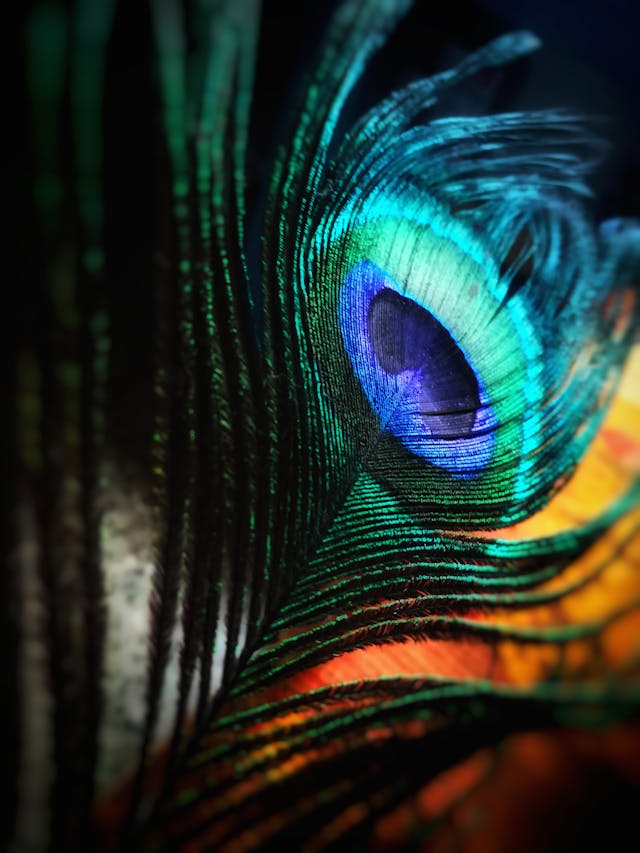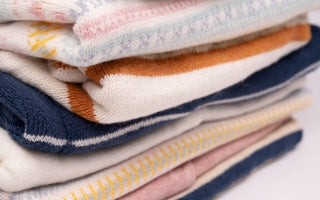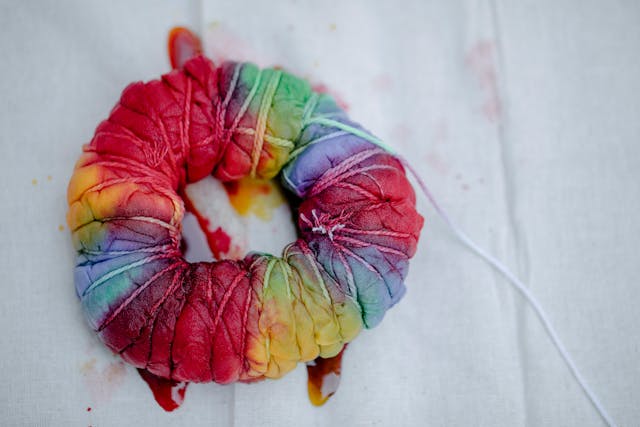
Colourful Confidence: The Psychology of Clothing Choices for Kids
Have you ever noticed your child gravitate towards certain colours in their wardrobe? It's more than just a preference for a favorite shade – the world of colour psychology reveals a fascinating link between colour choices and a child's mood, confidence, and self-perception. Understanding this connection can empower you to use clothing as a tool to nurture your child's well-being.

The Colours of Emotions:
Colours are powerful communicators. They can evoke specific emotions and influence our behavior in subtle ways. Let's explore some common colours and their potential psychological impact on children:
- Red: Often associated with energy, excitement, and power. A red shirt might boost a shy child's confidence for a presentation.
- Yellow: Represents happiness, optimism, and creativity. Yellow clothing can be a mood-lifter on a gloomy day.
- Blue: Inspires feelings of calmness, peace, and trust. A blue outfit can be a great choice for a child feeling anxious before a test.
- Green: Represents growth, harmony, and balance. Green clothing can promote feelings of well-being and connection with nature.
Beyond the Basics:
While these are general associations, it's important to remember that colour perception can be subjective. Some children might find red overstimulating, while others might find blue boring. The key takeaway is to offer a diverse colour palette in your child's wardrobe.
This variety allows them to choose colours that resonate with their current mood and personality. Maybe your child wants to express their artistic side with a burst of vibrant purple, or perhaps they crave the calming comfort of a soft lavender tee. Providing options empowers them to make choices that contribute to their sense of self.
Building Confidence Through Colour:
Imagine a child who feels self-conscious always wearing neutral tones because they're worried about standing out. By offering a spectrum of colours, you open the door for them to experiment and discover what makes them feel good. A bold, colourful outfit can be a confidence booster, allowing them to express themselves freely and embrace their individuality.
The Takeaway:
The next time you're shopping for your child's clothes, consider the psychology of colour. Move beyond the typical gendered colour norms (pink for girls, blue for boys) and embrace a rainbow of possibilities. By offering a variety of colours, you're giving your child the tools to express themselves, build confidence, and navigate their emotions in a colourful and empowering way.




